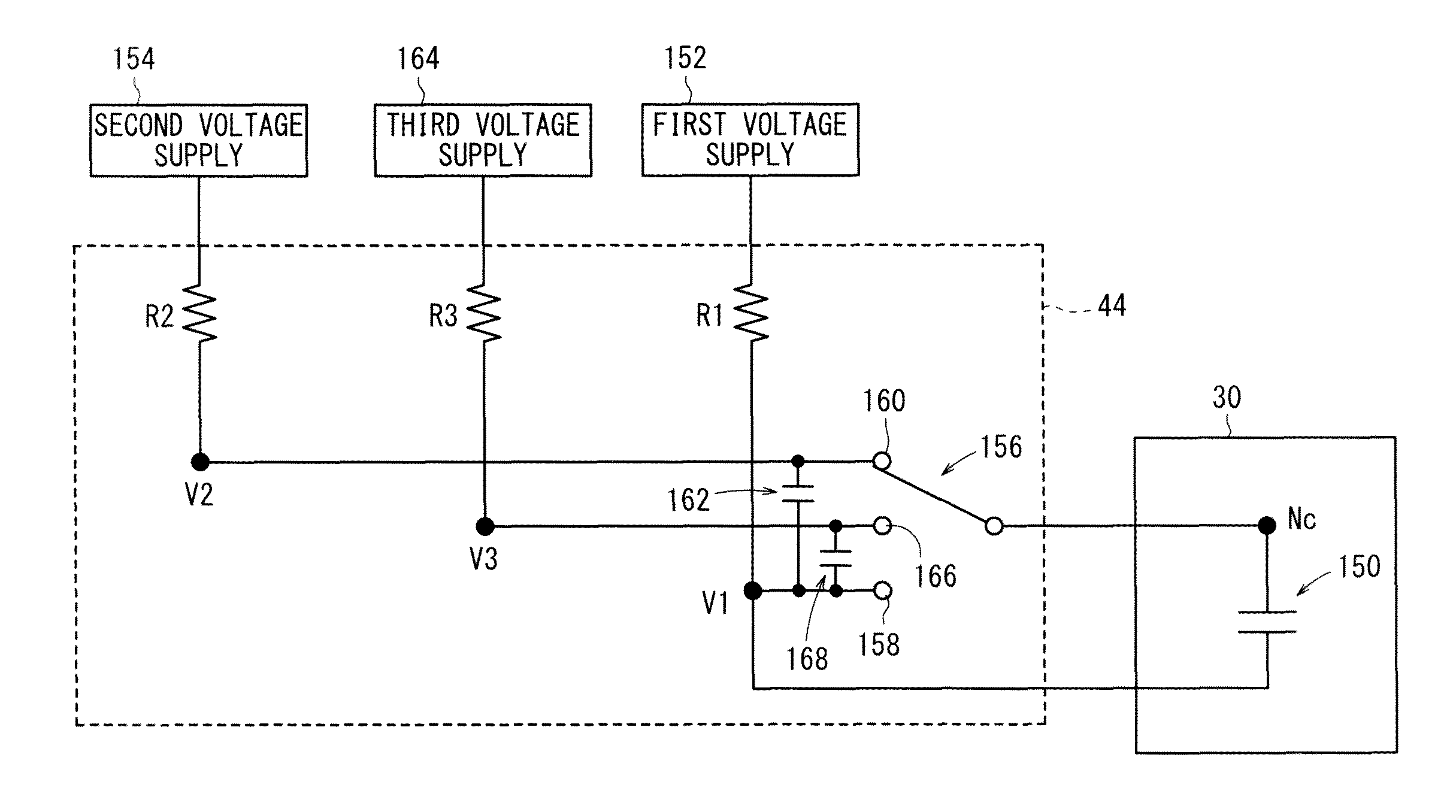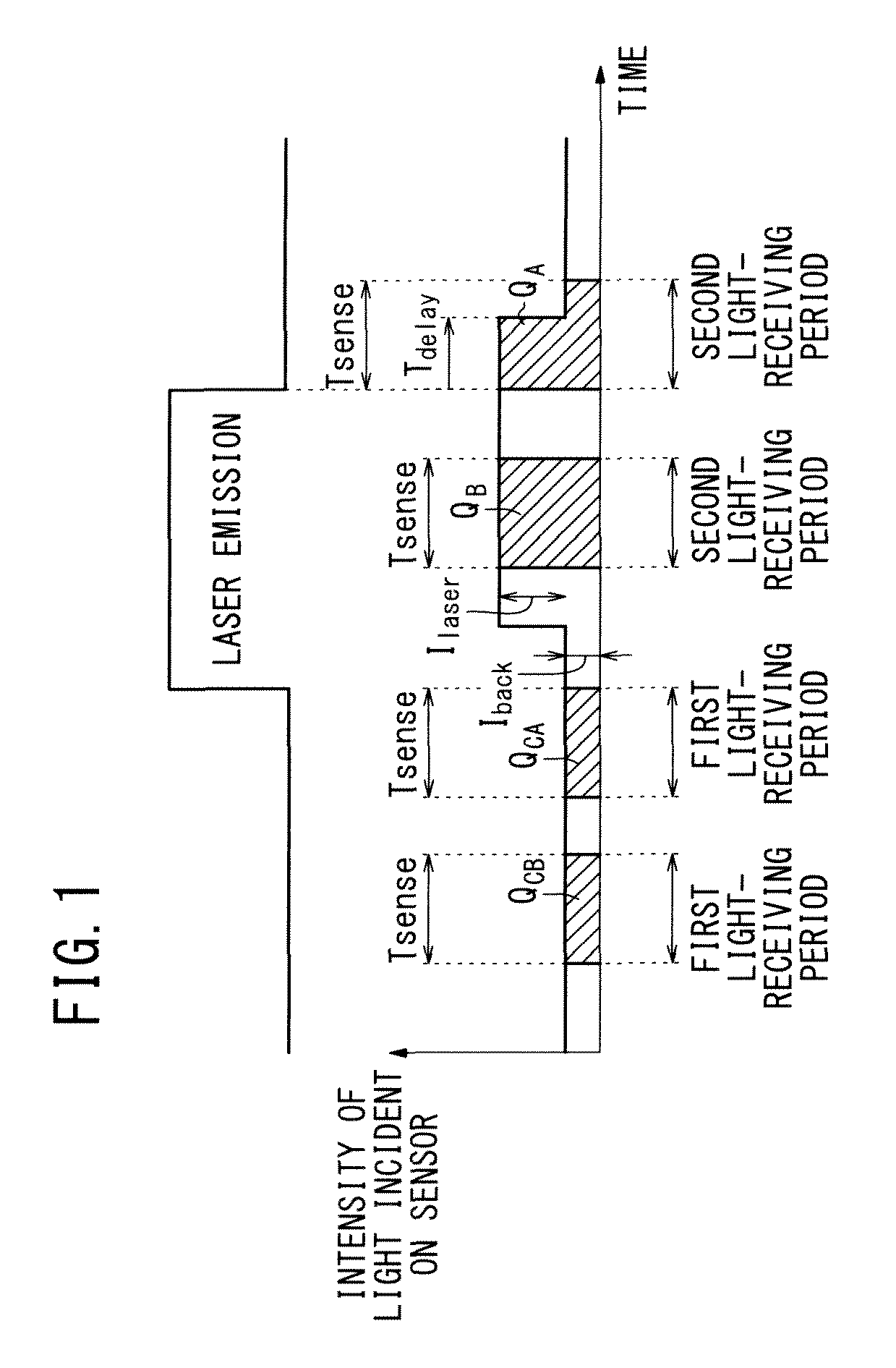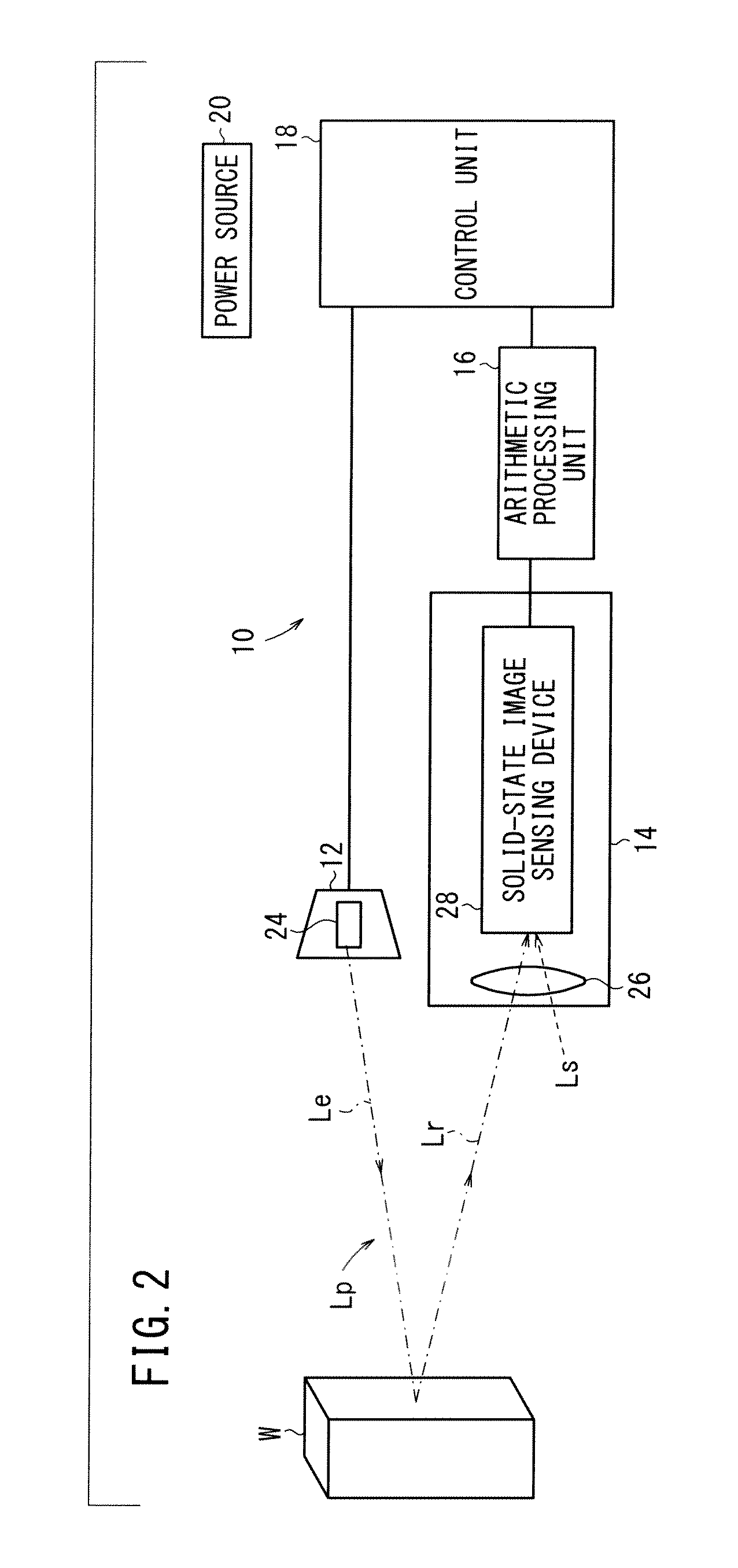Solid-state image sensing device with a change-over switch
a technology of solid-state image and switch, which is applied in the direction of radiation controlled devices, optical radiation measurement, pulse technique, etc., can solve the problems of deteriorated pixel drive accuracy, increased voltage drop and charging/discharging time, and inability to sharply raise or drop the pixel drive signal, etc., to achieve the effect of improving the pixel drive accuracy, reducing resistance and parasitic capacitance of the wiring, and improving the accuracy of the pixel driv
- Summary
- Abstract
- Description
- Claims
- Application Information
AI Technical Summary
Benefits of technology
Problems solved by technology
Method used
Image
Examples
modified example 1
[0129]In Modified Example 1, the gate drive circuit 44 has a structure shown in FIG. 22. Thus, in Modified Example 1, the gate drive circuit 44 has a third contact point 166 connected to a third voltage supply (intermediate voltage supply) 164 for applying a third voltage to the gate of the pixel load capacitance 150 in the unit pixel 30, and further has a capacitor (second capacitor) 168 between the first contact point 158 and the third contact point 166. The change-over switch 156 acts to selectively apply the first, second, and third voltages to the gate of the pixel load capacitance 150. The third voltage is an intermediate voltage (intermediate signal voltage) higher than the first voltage and lower than the second voltage. The third voltage supply 164 is mounted in the power source 20. In FIG. 22, R3 represents a wiring resistance between the third voltage supply 164 and the third contact point 166. The same components are marked with the same numerals in FIGS. 18 and 22. The ...
modified example 2
[0137]Though the unit pixel 30 has the four light receiving devices 100 in the above embodiment, the unit pixel 30 may have only one light receiving device 100 or a plurality of light receiving devices 100 (e.g. two, three, or five light receiving devices 100). Furthermore, though the light receiving device 100 has the four photoelectron distributors 106 in the above examples, the light receiving device 100 may have only one photoelectron distributor 106 or a plurality of photoelectron distributors 106 (e.g. two, three, or five photoelectron distributors 106).
[0138]In addition, though the change-over switch 156, the first contact point 158, the second contact point 160, and a third contact point 166 are formed in the gate drive circuit 44 in the above examples, they may be formed outside the gate drive circuit 44.
PUM
 Login to View More
Login to View More Abstract
Description
Claims
Application Information
 Login to View More
Login to View More - R&D
- Intellectual Property
- Life Sciences
- Materials
- Tech Scout
- Unparalleled Data Quality
- Higher Quality Content
- 60% Fewer Hallucinations
Browse by: Latest US Patents, China's latest patents, Technical Efficacy Thesaurus, Application Domain, Technology Topic, Popular Technical Reports.
© 2025 PatSnap. All rights reserved.Legal|Privacy policy|Modern Slavery Act Transparency Statement|Sitemap|About US| Contact US: help@patsnap.com



